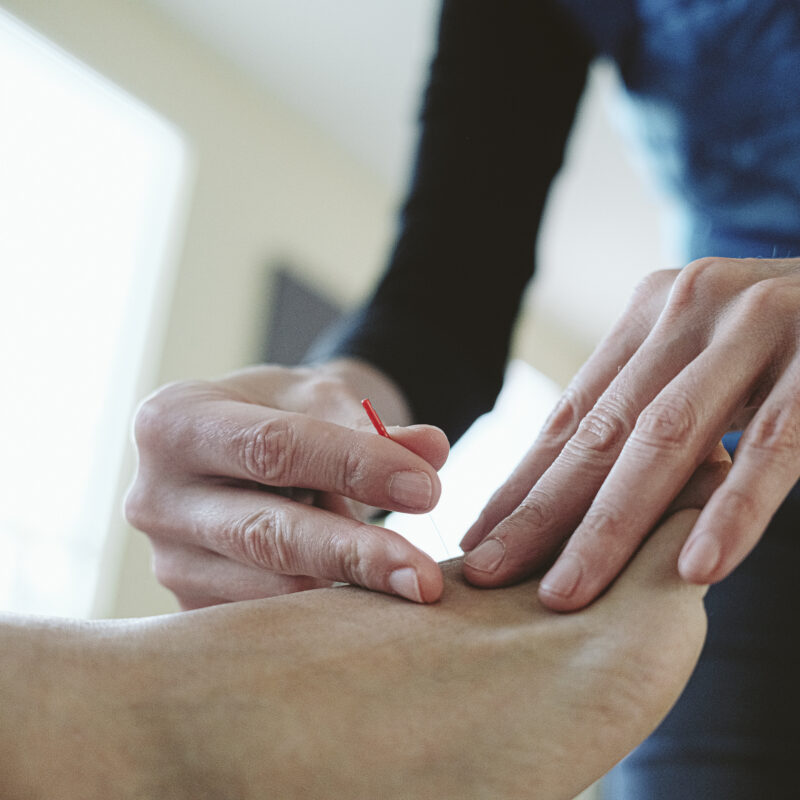The art of making wine is in many ways the art of blending. For most of history, the world’s classic wines have been created by blending different grapes to create a unified whole, named not for those grapes, but for the places they were from: Champagne, Chianti, Chateauneuf-du-Pape, Bordeaux. Even in Burgundy, famously obsessed with the single grape (Pinot Noir for reds and Chardonnay for whites) blending has a minor role. Sometimes, however, I notice consumers who seem reluctant to buy blended wines, as though, as with Scotch, blends are somehow inferior.
I blame California. California was not, by any means, the first wine region to bottle single grape varietals, but it was the Golden State that raised the idea of the single grape to the level of worship by labeling their wines with the grape name instead of the region. These days it’s all about the One Grape, be it Chardonnay, Cabernet, Pinot, or Malbec. But even if a wine is labeled as a Cabernet or a Chardonnay, blending still plays a big role in how that wine is made.
I attended a master class in blending at Jefferson Vineyards the other day. Sitting at a table in a cold room off of the winery, with an array of glasses, bottles of barrel samples, and two plastic graduated beakers in front of me, I crafted two Chardonnays, a reserve and a regular, with the help of three other wine professionals. In the end, we tasted the wines and voted on a winner, and I’ll tell you in advance that my team didn’t win.
There are hundreds of variables that confront the winemaker at any given time. Which grapes from which vineyard should we use? From which barrels? Each team was given four bottles of Chardonnay from which to craft its two wines; a sample from a stainless steel tank, one from a new oak barrel, one from an old oak barrel, and one from an old barrel that had been refurbished by shaving and burning the inside. Each bottle tasted wildly different, with certain qualities—sugar, acid, body, etc.—standing out. The trick is to decide the taste you want, and then figure out how to mix the components so the wine in the glass tastes like the wine in your head.
This is not easy. Five percent of one wine ruins the whole thing, while 70 percent of another makes no difference at all. We poured wine from bottles into beakers, mad scientist style, wrangling percentages on a calculator and covering the table with Chardonnay. And in the end? Not only did my team not win, but we couldn’t even pick our wines out of the final blind tasting.
Yes, it’s true, wine is all about blending. In the big Champagne houses, they blend different grapes from different vineyards and different vintages to create a “house blend” that hopefully stays the same year after year. Until recently, the traditional red blend in Chianti always included some white wine. And those Cabernets and Chardonnays they’re so proud of in California? Legally they can contain up to 25 percent of another grape and the winery doesn’t have to print it on the label.
Blending is about small changes that yield huge results. It’s also a lot like a relationship. Disparate elements come together, sometimes succeeding wildly, sometimes failing, and to us untrained amateurs, there seems to be no reason for one result over the other. Andy Reagan, the winemaker at Jefferson who taught our class, has it figured out, however, and he offered us this sage advice: “Those are graduated cylinders, not bongs.”
Class dismissed.





